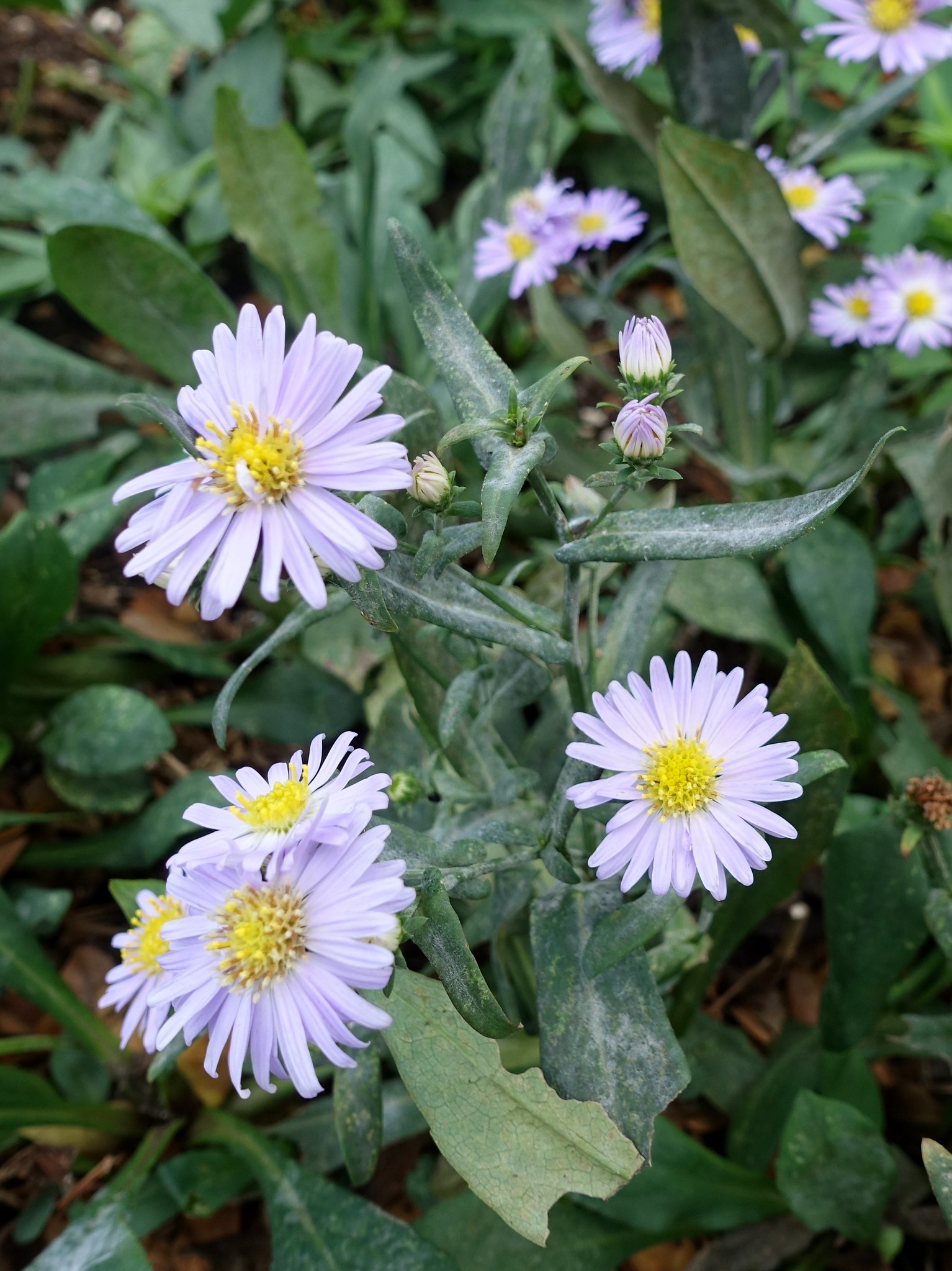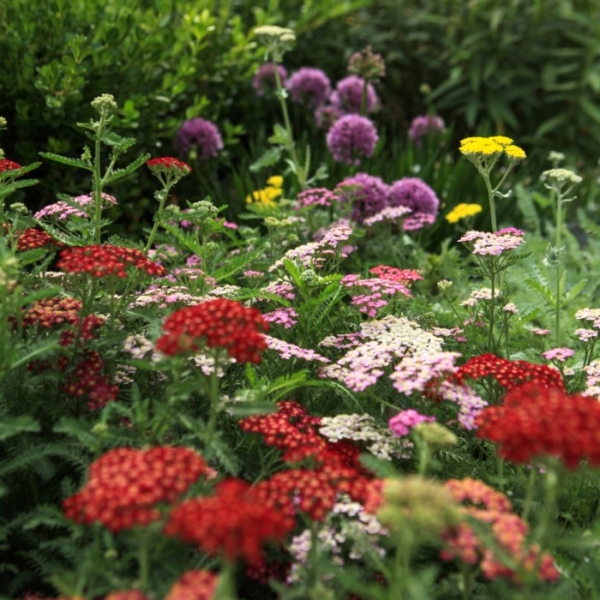As you look over your garden, something catches your eye. There’s a powdery grayness on the leaves of your lilac and maybe your peonies. Maybe your roses or dogwoods have it too. You have powdery mildew.
What is powdery mildew, exactly?
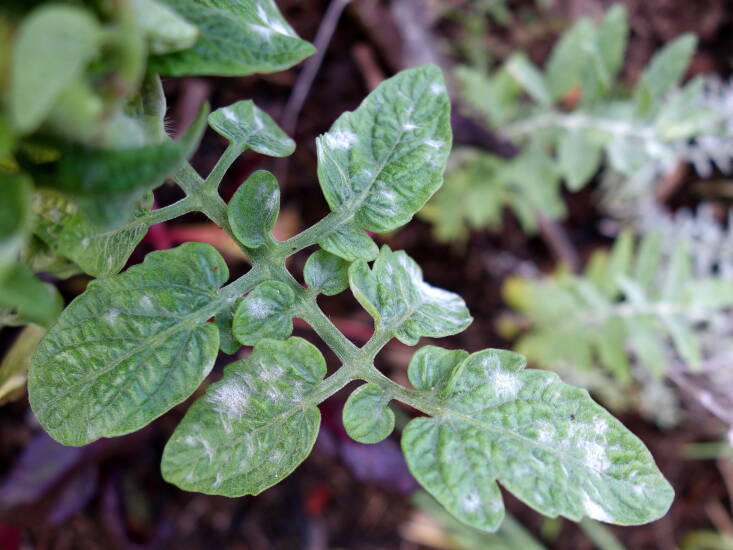
Powdery mildew is a fungal disease that shows up between late June and September when it’s hot and humid. Shade and poor air circulation contribute to its establishment and reach. The fungus is mainly spread by wind-borne spores; however, some varieties can overwinter in leaf litter.
There are many different types of powdery mildew, each specific to plant families. The powdery mildew on your peony won’t infect your crepe myrtle. Common ornamental plants that are susceptible to powdery mildew are roses, crepe myrtle, zinnias, phlox, the aster family (over 300 plants), monarda, and legumes. In your edible garden, grapes, beets, cucurbit family (pumpkins, cucumbers, and melons), legumes, tomatoes, and peppers are susceptible.
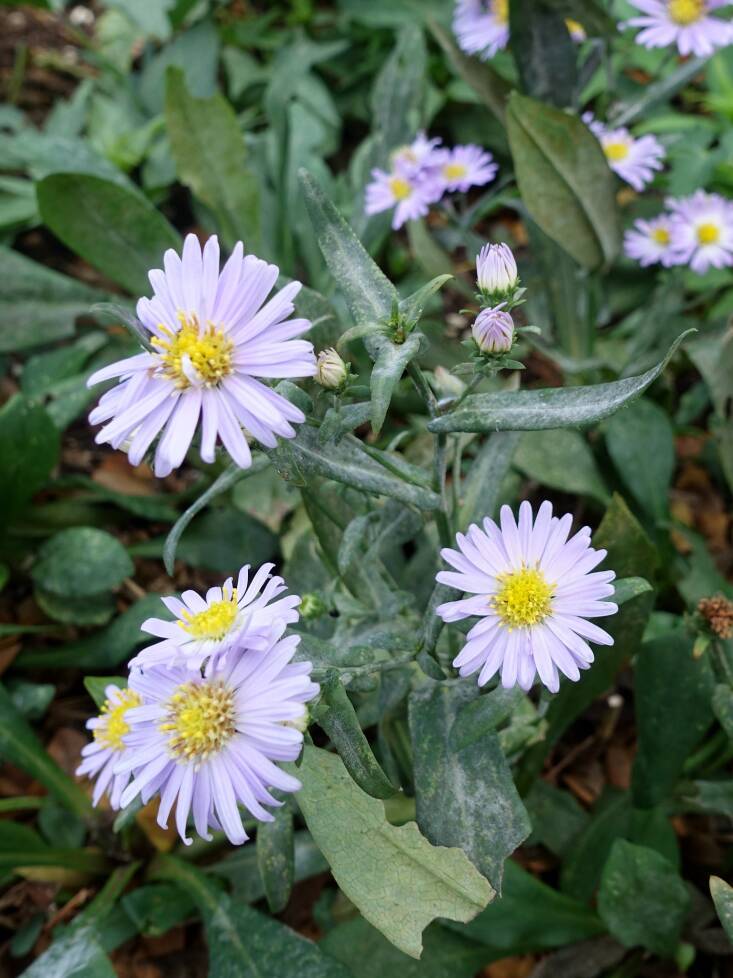
Powdery mildew starts out as white spots on leaves that grow and soon cover the tops of the leaves with a white or gray powdery film. It can look like someone had a flour fight in your yard. On some plants, it’s merely cosmetic and doesn’t harm the plant. On others it can weaken the plant and lead to other opportunistic infections.
Don’t get powdery mildew confused with downy mildew. Downy mildew loves cool temperatures of spring and needs wet leaves to infect. Powdery mildew can sometimes be controlled by water, because water can stop the spores from germinating. With downy mildew, water will make it spread. Make sure you know which one you have.
How do you prevent powdery mildew?
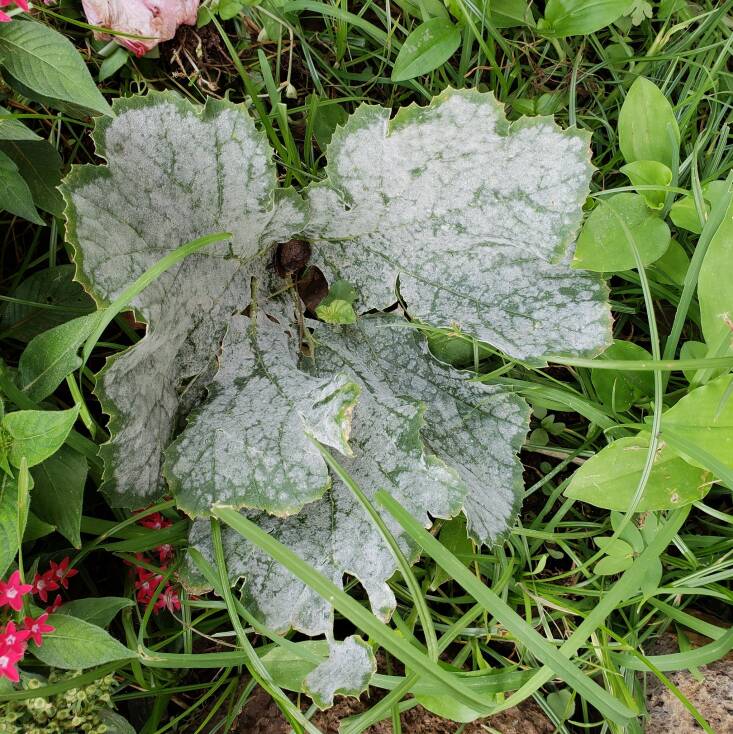
The best way to treat powdery mildew is to not let it get a toehold in the first place since it can be hard to treat and eradicate. This is a cornerstone of integrated pest management. Sunshine and good air circulation are key. Prune, at the appropriate time for the plant, to open up and allow good air flow. Don’t plant susceptible varieties too close together. Trim back tree branches where needed to allow the sun to shine on susceptible plants. Plant resistant varieties when adding to your landscape or garden. There are resistant varieties of crepe myrtles, roses, and zinnias for ornamentals. In the vegetable garden there are resistant squash, tomatoes, and legumes.
In the winter, clean up diseased foliage. While there seems to be a debate as to whether or not you can compost the affected leaves, err on the side of caution. While powdery mildew spores can live only on live plant material and won’t spread once composted, you may have other co-infections that aren’t killed by the composting process and can overwinter. When in doubt, throw it out.
How do you eradicate powdery mildew?
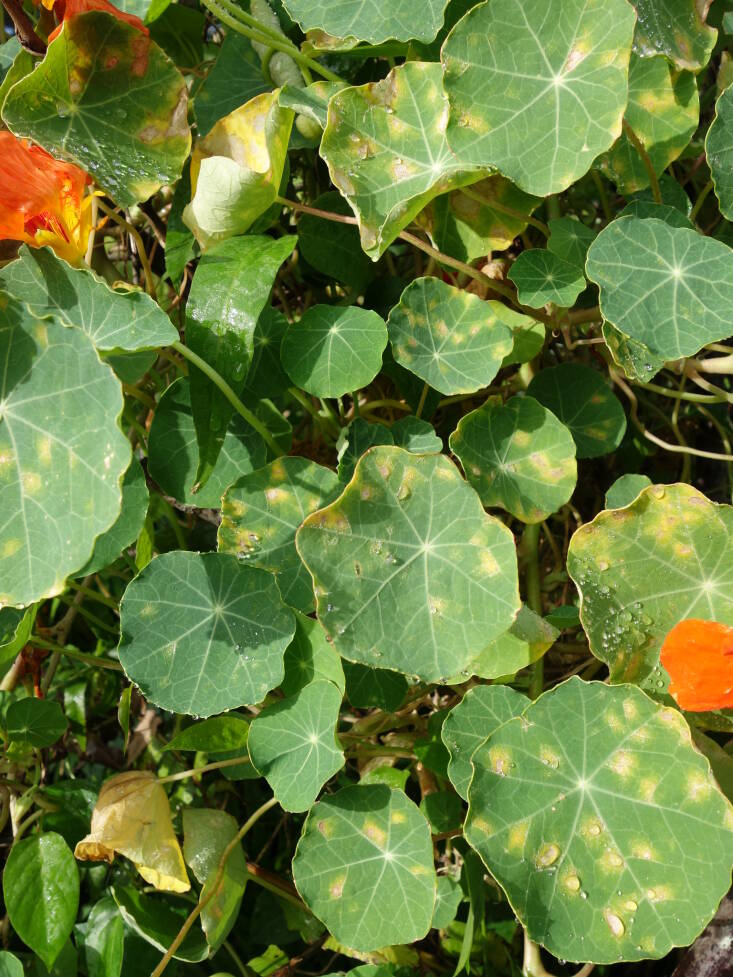
To treat powdery mildew, determine first how big of a problem you have. On peonies and lilacs, assuming the plant is otherwise in good health, the infection is mainly cosmetic. On roses and ninebarks, though, powdery mildew can overwinter on the plant, so you’ll have to prune the affected branches and buds.
In all other plants, start with the least toxic options first. If the timing is right, prune to increase airflow. Mist or spray with water to wash off spores. Adding moisture to a mildew may seem counterintuitive, but researchers have found that the powdery mildew spores may like humidity but not rain or water. This method can be used on cucumbers, lettuce, melons, pumpkin, and squash. But be sure to confirm the plants don’t have any co-infections that can be spread by water. For instance, roses can be infected with black spot, another fungus infection, which loves moisture.
